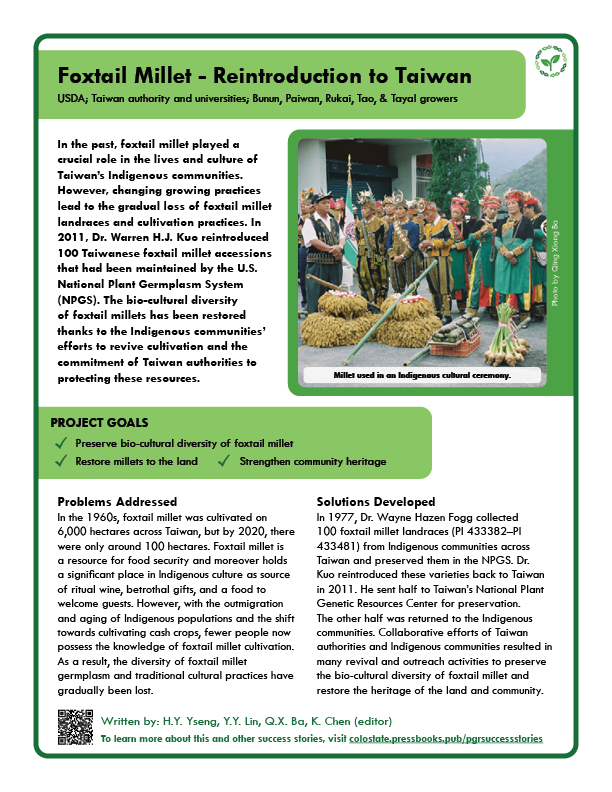Cereals and Pseudocereals
Foxtail Millet – Reintroduction to Taiwan
FOXTAIL MILLET'S HOMECOMING TO TAIWAN: THE JOURNEY OF A LOST AND RECOVERED GERMPLASM
Hsin Yi Tseng; Yen Yu Lin; and Qing Xiong Ba
Crop Genetic Resources and Biotechnology Division, Taiwan Agricultural Research Institute, No 189 Zhongzheng Road, Wufeng District, Taichung City 413008, Taiwan.
Crop Genetic Resources and Biotechnology Division, Taiwan Agricultural Research Institute, No 189 Zhongzheng Road, Wufeng District, Taichung City 413008, Taiwan.
Department of Sociology, National Sun Yat-sen University, No 70 Lien-hai Road, Gushan District, Kaohsiung City 804201, Taiwan.
Corresponding author: hytseng@tari.gov.tw
OUTLINE
1. SUMMARY
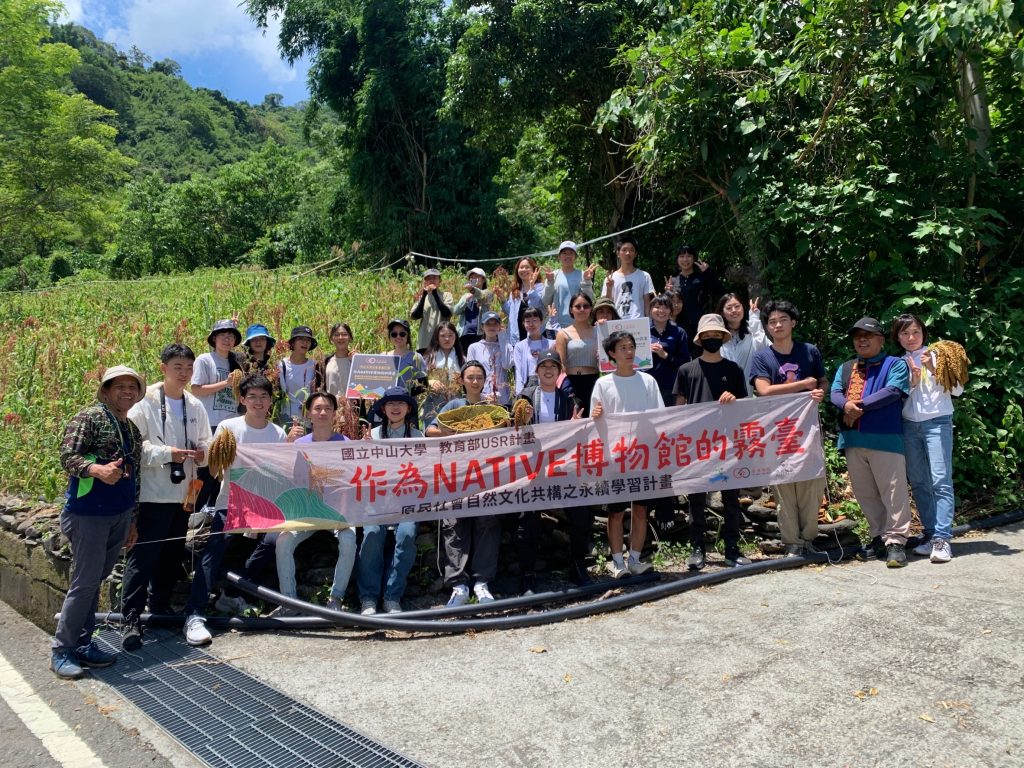
In the past, foxtail millet (Setaria italica (L.) P. Beauv.) played a crucial role in the lives and culture of Indigenous communities on the island of Taiwan. However, many Indigenous farmers shifted to growing cash crops for their livelihood, leading to the gradual loss of foxtail millet landraces and cultivation practices. In 2011, Dr. Warren H.J. Kuo reintroduced 100 foxtail millet accessions that had been collected by Dr. Wayne Hazen Fogg from Indigenous communities across Taiwan in 1977 and preserved by the U.S. National Plant Germplasm System (NPGS). The bio-cultural diversity of foxtail millets has been preserved through the Indigenous communities’ efforts to revive cultivation and the commitment of Taiwan authorities to protecting these plant genetic resources.
The goal was to preserve bio-cultural diversity of foxtail millets, restore millets to the land, and strengthen community heritage.
Download a printable fact sheet by clicking the image below.
2. PROBLEMS ADDRESSED
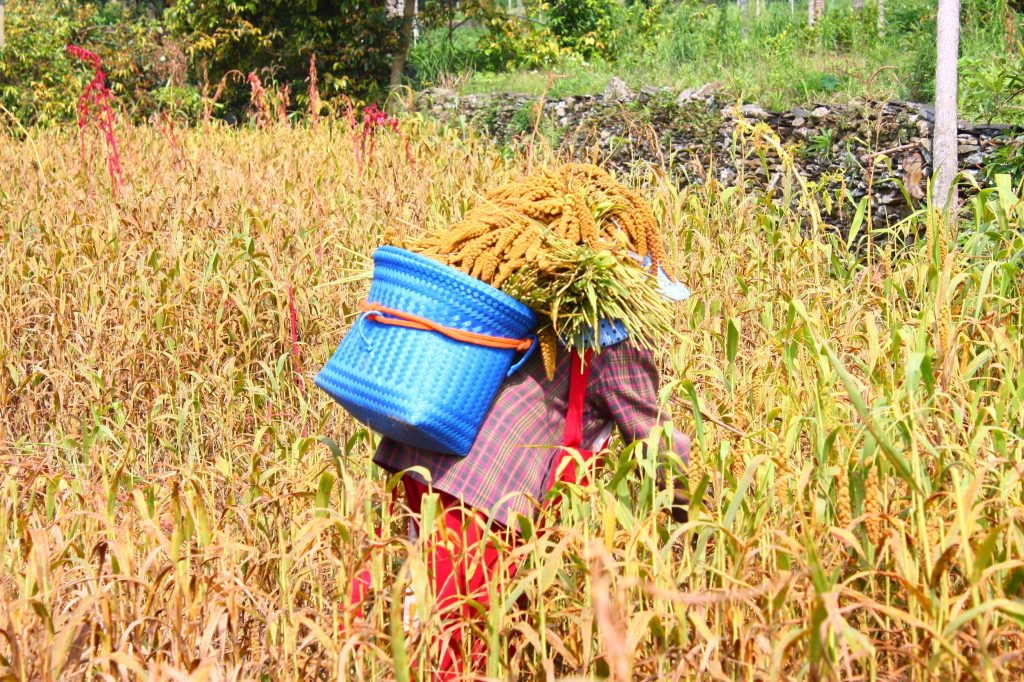
In the 1960s, foxtail millet was cultivated on 6,000 hectares across Taiwan, but by 2020, there were only around 100 hectares still cultivated. Foxtail millet holds a significant place in Indigenous culture. It is not only the source of ritual wine and betrothal gifts in various cultural ceremonies and marriage rituals, but also a precious food used to welcome friends, family, and esteemed guests. Moreover, foxtail millet serves as a vital resource for food security in the face of extreme climatic conditions. However, with the outmigration and aging of Indigenous populations and the shift towards cultivating cash crops, fewer people now possess the knowledge of foxtail millet cultivation. As a result, the diversity of foxtail millet germplasm and traditional cultural practices have gradually been lost.
3. SOLUTIONS DEVELOPED
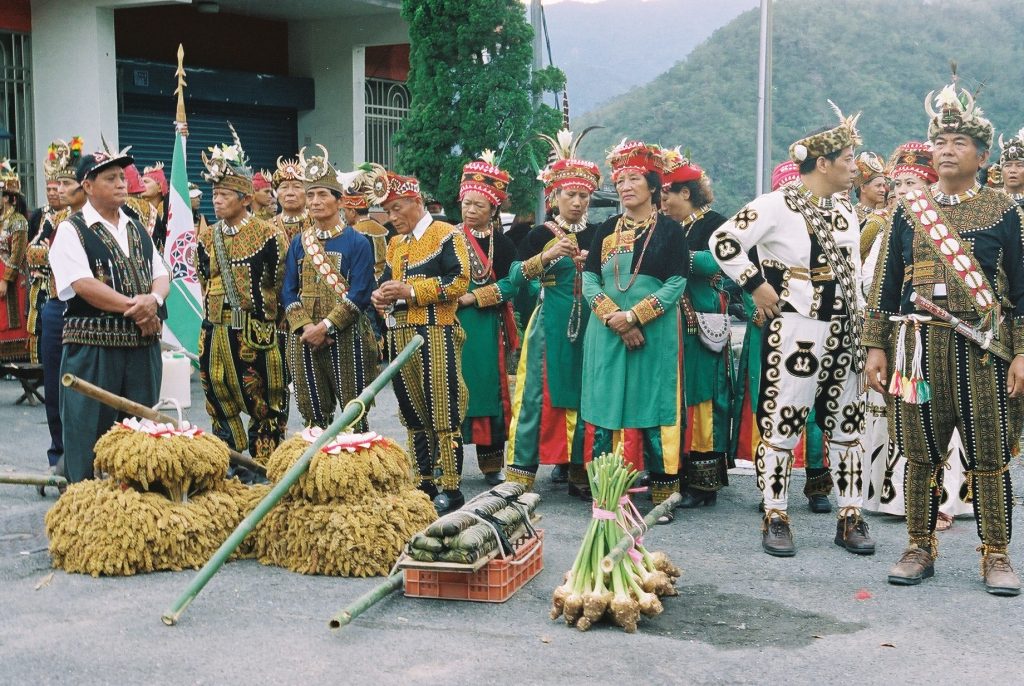
Dr. Fogg collected foxtail millet landraces from various Indigenous communities across Taiwan in 1977 and preserved them in the NPGS. In 2011, Dr. Kuo contacted the NPGS and reintroduced these 100 foxtail millet varieties back to Taiwan. He divided each accession into two halves: one half was sent to Taiwan’s National Plant Genetic Resources Center for preservation, and the other half was returned to the Indigenous communities for planting. With the collaborative efforts of the local authorities and Indigenous communities, many revival and educational outreach activities were undertaken to preserve the bio-cultural diversity of foxtail millet and restore the heritage of the land and community.
Collaborators involved in developing solution:
- Growers across several villages representing the Bunun, Paiwan, Rukai, Tao, and Tayal people
- Qing Xiong Ba, National Sun Yat-sen University, Kaohsiung, Taiwan
- Warren H.J. Kuo, National Taiwan University, Taipei, Taiwan
- W.H. Fogg, University of Oregon, Eugene, Oregon, USA
- USDA-ARS North Central Regional Plant Introduction Station, Ames, Iowa, USA
4. GERMPLASM
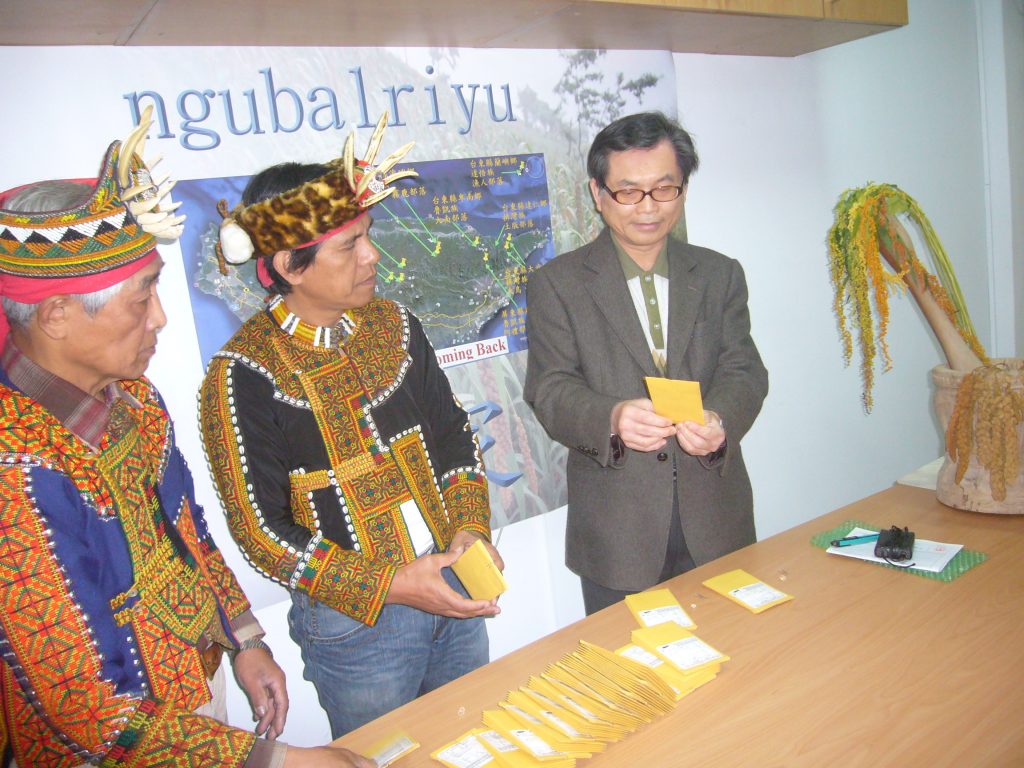
The germplasm was collected by Dr. Fogg during his visits to Pingtung, Nantou, and Taitung (including Orchid Island) in 1977. They were donated, becoming genebank accessions in the USDA National Plant Germplasm System in 1978. The 100 accessions include PI 433382 through PI 433481. These continue to be maintained by the NPGS as well as the Plant Genetic Resources Center (PGRC), part of the Taiwan Agricultural Research Institute.
5. ADDITIONAL RESOURCES
Video
Formosa News reports, “Diverse millet seeds are brought home to Taiwan after 30 years“.
Magazine Article
Sam Ju reports for Taiwan Panorama, “Millets makes a return to Taiwan“.
Scholarly Articles
Fogg WH. 1976. Setaria italica; its origins and process of cereal domestication in Asia. University of Oregon ProQuest Dissertations & Theses.
Fogg WH. 1983. Swidden cultivation of foxtail millet by Taiwan aborigines: A cultural analogue of the domestication of Setaria italica in China. In: Keightley DN (Ed.) The Origins of Chinese Civilization. University of California Press: Berkeley, CA, USA. pp. 95-115. ISBN 9780520042292.
Lin Y-R, Tomi P, Huang H, Lin C-H, Chen Y. 2020. Situating Indigenous Resilience: Climate Change and Tayal’s “Millet Ark” Action in Taiwan. Sustainability 12:10676. https://doi.org/10.3390/su122410676
6. CHAPTER INFORMATION
Citation: Tseng HY, Lin YY, Ba QX. 2024. Foxtail Millet – Reintroduction to Taiwan. In: Volk GM, Chen K, Byrne P (Eds.) Plant Genetic Resources: Success Stories. Fort Collins, Colorado: Colorado State University. Date accessed. Available from https://colostate.pressbooks.pub/pgrsuccessstories/chapter/foxtail-millet-reintroduction-to-taiwan/
Content originally submitted: September 3, 2024
Date of publication: December 17, 2024
USDA is an equal opportunity provider, employer, and lender. Mention of trade names or commercial products in this article is solely for the purpose of providing specific information and does not imply recommendation or endorsement by the U.S. Department of Agriculture.

